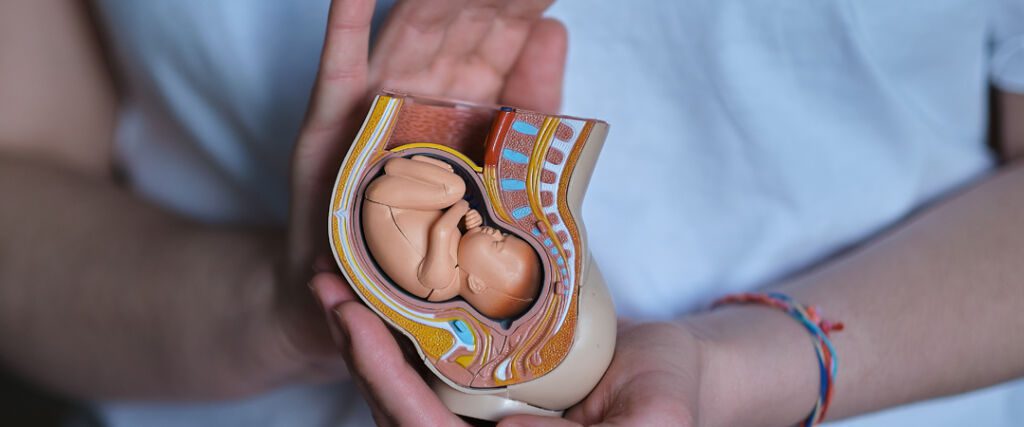
Childbirth is a crucial time for mothers-to-be, but it can also be a stressful and anxious time. This detailed guide will help you understand the different stages of childbirth, how best to prepare and what to expect during this important time.
THE DILATION PHASE:
Dilation is the first stage of labour. It begins when the contractions become regular and the cervix begins to dilate. This phase can last several hours, or even several days for primiparous women (women who are giving birth for the first time). During this stage, the mother-to-be may experience abdominal and back pain, as well as regular, painful contractions. It’s important to rest and relax as much as possible during this time, using breathing and relaxation techniques to help manage the pain.
THE EXPULSION PHASE:
The second stage of labour is called the second stage of labour. It begins when the cervix is fully dilated and the baby is ready to be pushed out of the womb. This stage can last from a few minutes to several hours, depending on the baby’s position and the strength of the contractions. During this stage, the mother-to-be will feel a lot of pressure in the pelvic area and will need to push to help the baby out. It is important to follow the medical team’s instructions and to push effectively to avoid complications. Once the baby is born, the delivery phase begins, during which the placenta and membranes are pushed out of the womb.
PLACENTA DELIVERY:
Placental delivery is the final stage of labour. It occurs after the baby is born and consists of the placenta and membranes that have surrounded the baby in the womb being pushed out. This stage can last from a few minutes to an hour and is usually spontaneous, but may sometimes require medical assistance. It is important to watch for signs of complications, such as excessive bleeding or severe abdominal pain, and to report any problems to the medical team. After the birth, the mother-to-be will be monitored to make sure she is recovering properly.
THE EPIDURAL TECHNIQUE:
An epidural is a type of anaesthetic that numbs the lower part of the body. It is used to manage pain during labour and delivery.
Epidurals are also known as local anaesthetics because they only numb a small area. The procedure involves inserting a needle into the space around the spinal cord, which contains the nerves that carry pain messages to and from the brain. The needle is then connected to a tube that carries a local anaesthetic solution into your body, blocking the nerves and reducing or eliminating pain in the lower part of your body.
Epidurals can be used during labour, delivery and caesarean section. It may take 20 minutes or more for the anaesthetic to take full effect.
EPIDURAL ANAESTHESIA DURING CHILDBIRTH
The main advantage of epidural anaesthesia is that it relieves pain during labour without affecting your ability to move freely or hold your baby after the birth. Your doctor will monitor you closely for signs of complications associated with epidural anaesthesia, such as bleeding or infection. If complications do occur, you may need to be treated with extra medicine or a different type of anaesthetic.

POSTNATAL CARE:
After the baby is born, the mother will need special care to help her recover from the ordeal she has just gone through. Healthcare professionals will monitor her health and help her recover from childbirth. Postnatal care may include regular check-ups, advice on breastfeeding and nutrition, and tips on how to care for your baby. It’s important to follow your healthcare team’s recommendations to ensure a quick and healthy recovery.
SIGNS TO LOOK OUT FOR AFTER CHILDBIRTH:
After the birth, it’s important to watch out for signs of complications. Signs to look out for include persistent fever, severe abdominal pain, excessive bleeding, pain when urinating or defecating, chest pain or difficulty breathing. If you experience any of these symptoms, it’s important to contact your healthcare provider immediately for emergency medical attention.
THE DIFFERENCE BETWEEN A VAGINAL BIRTH AND A CAESAREAN SECTION:
A caesarean section is a surgical procedure in which an incision is made in the abdomen and uterus, and the baby is born through this incision.
A vaginal birth is when the baby is born through the vagina. Vaginal birth can be spontaneous (without medical intervention) or assisted by forceps or vacuum extraction instruments.
In most cases, doctors will recommend a caesarean section if the baby is too big to pass through the pelvis, if you’ve had a previous caesarean section or a difficult delivery, or if your labour isn’t progressing as it should.
A vaginal birth is more common than a planned caesarean section because it is safer for both mother and baby.
Caesarean sections are performed for many reasons:
If you’ve already had a Caesarean section and are pregnant again, you may be at greater risk of complications such as uterine rupture or placenta accreta (abnormal growth of the placenta in the uterine wall). These conditions can cause severe, life-threatening bleeding in both mother and baby.
If you’ve already had one or more Caesarean sections, your doctor may recommend that you have another one before you go into labour. This is called an elective repeat caesarean section (ERCS). It reduces the risk of complications in future births.

